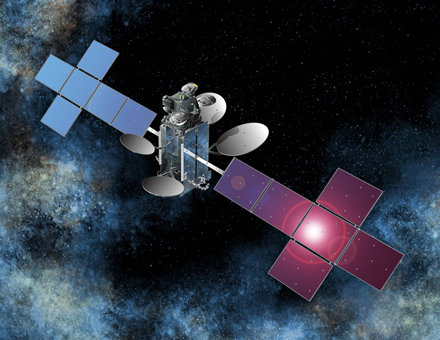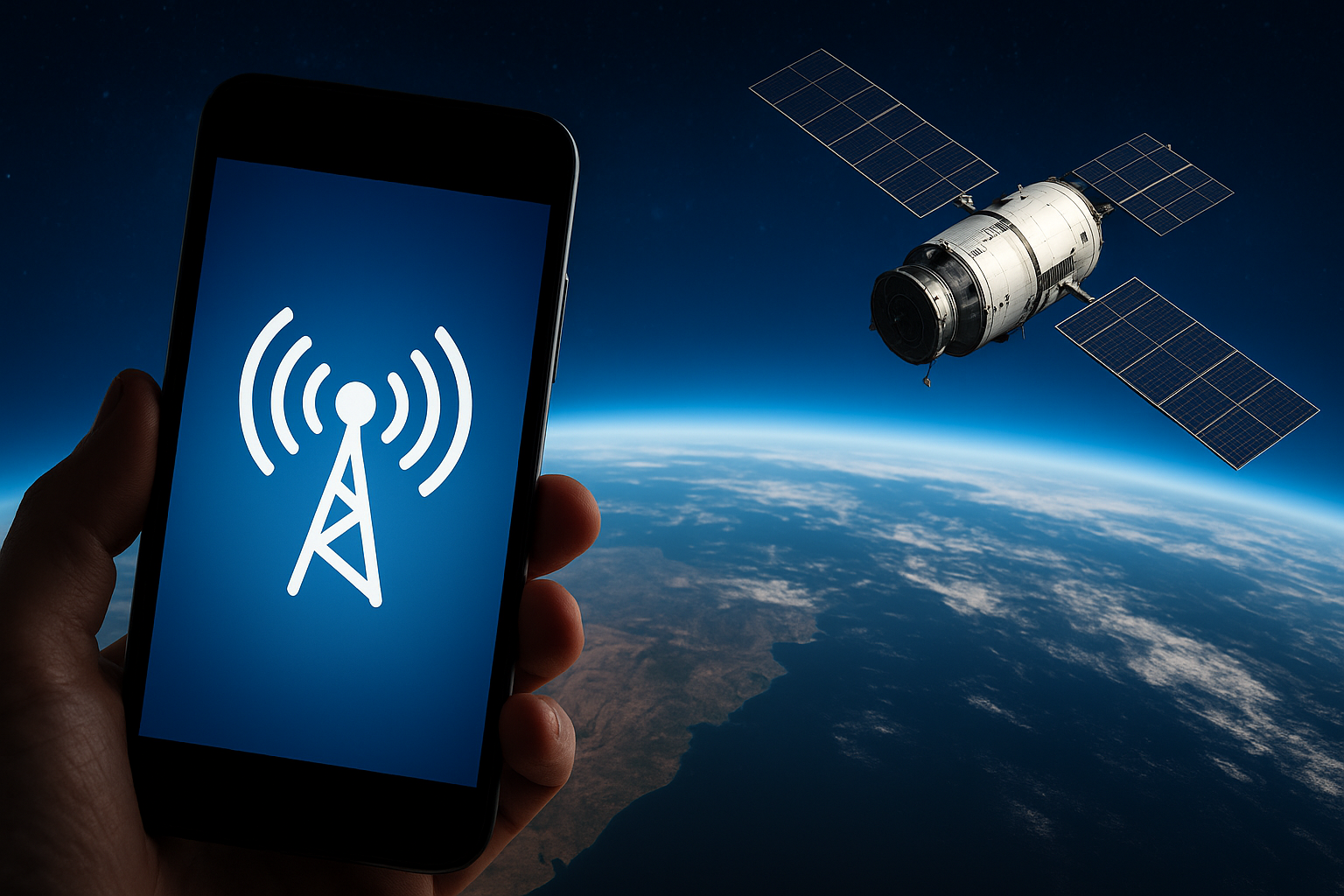The EchoStar satellite network is making headlines with a bold $5 billion investment to rival Starlink’s cellular service. With Canadian aerospace firm MDA Space onboard, EchoStar aims to reshape how phones connect directly via satellite. This satellite to phone revolution could redefine global communication, especially in rural and underserved areas.
EchoStar’s Bold Leap Into Space Connectivity
EchoStar, the parent company of Boost Mobile, has announced a visionary plan to deploy a massive satellite constellation that directly challenges SpaceX’s Starlink. With the launch of the EchoStar satellite network, the company is stepping into the fiercely competitive space communication race.
According to a press release on Friday, Canadian satellite manufacturer MDA Space will lead the initial phase of satellite development. EchoStar signed a $1.3 billion contract with MDA to build more than 100 next generation Aurora satellites, specifically engineered for low Earth orbit (LEO) communication. These satellites form the backbone of a system designed to support direct satellite to smartphone connections without needing terrestrial towers.
The full constellation is planned to include 200 satellites in its initial phase, with future scalability into the thousands, depending on demand. The estimated total investment of $5 billion includes manufacturing, rocket launches, and supporting infrastructure.
EchoStar’s Satellite Ambitions in a Starlink Dominated World
Starlink, owned by SpaceX, currently dominates the space based internet market, especially in rural and remote locations. But Starlink’s approach has mostly centered around ground-based terminals and broadband internet access.
In contrast, the EchoStar satellite network is entering with a mobile first focus offering cellular connectivity via direct to phone satellite service. This strategic divergence opens up new opportunities and potentially underserved markets.
Remote Alaska’s Cellular Deserts
Take the case of Alaska, where hundreds of communities lie outside the reach of traditional cellular infrastructure. According to a 2023 study by the University of Alaska, over 30% of Alaskan villages rely solely on satellite communications for emergencies. If EchoStar succeeds, these regions could soon have access to reliable and affordable smartphone coverage without building costly infrastructure.
Can EchoStar Really Compete?
The satellite communications market is both technically complex and capital intensive. But analysts believe EchoStar has a unique opportunity to carve out a niche. Dr. Laura Chen, a space telecom researcher at MIT, notes, Unlike Starlink, which targets broadband internet, EchoStar’s satellite network seems optimized for mobile integration. If executed properly, it could disrupt traditional telecom models, especially in countries with underdeveloped infrastructure.
Meanwhile, Mark Ellison, former CTO of a telecom consultancy in Europe, adds. With MDA Space’s track record in LEO satellite systems and EchoStar’s mobile base through Boost Mobile, they have a real shot at creating a hybrid model blending mobile convenience with space resilience.

FCC Investigation: A Bump in the Road?
Despite the excitement, the initiative hasn’t been free of complications. EchoStar is reportedly under investigation by the Federal Communications Commission (FCC). While the details remain undisclosed, some speculate it relates to frequency allocation or compliance issues linked to Boost Mobile’s previous dealings.
However, EchoStar has reaffirmed that the investigation will not affect the development of the new network. Company officials state they are “cooperating fully” and maintain that the EchoStar satellite network remains on track.
A Personal Look at Satellite Phone Needs
For many Americans in rural areas, lack of connectivity is more than an inconvenience it’s a matter of safety and opportunity. Martha Reyes, a nurse practitioner from rural New Mexico, recounts, During wildfire season, I often lose contact with patients. If my phone could connect directly to a satellite, it would be a game changer not just for healthcare but for daily life.
Similarly, Jake Moore, a rancher in Wyoming, says, Starlink works fine for my home internet, but I need phone calls and SMS when I’m riding across acres of land. If EchoStar delivers on its promise, I’ll be first in line. Their voices underline the real world importance of mobile satellite services not just for tech enthusiasts but everyday people.
What Sets EchoStar Apart?
Here’s a breakdown of what differentiates EchoStar’s approach, Feature Starlink EchoStar Satellite Network, Primary Use Broadband Internet Direct to Phone Mobile. Hardware Ground terminal required Smartphone native connectivity, Launch Cost ~$10B to date Projected $5B, User Experience Home based On the go mobile.
The EchoStar satellite network is tailored for the smartphone age. While Starlink expanded the possibilities for global internet, EchoStar is taking it a step further eliminating the dependency on any additional hardware. With smartphone manufacturers increasingly integrating satellite compatibility (Apple with iPhone 14, Huawei with Mate 60), EchoStar’s timing aligns perfectly with emerging device trends.
What’s Next for EchoStar?
EchoStar plans to launch its first satellites by 2026, with beta testing scheduled shortly afterward. The collaboration with MDA Space promises high quality, scalable satellite solutions. If successful, the EchoStar satellite network could usher in a new era of universal mobile access, regardless of geography. It won’t just compete with Starlink it might redefine what mobile networks look like in the next decade.
EchoStar’s $5 billion satellite network is more than just a tech upgrade it’s a powerful symbol of a future where every phone is a satellite phone. With ambitious plans, expert backing, and personal stories of need driving momentum, the race between EchoStar and Starlink could ultimately benefit us all by closing the last mile gap in connectivity.

